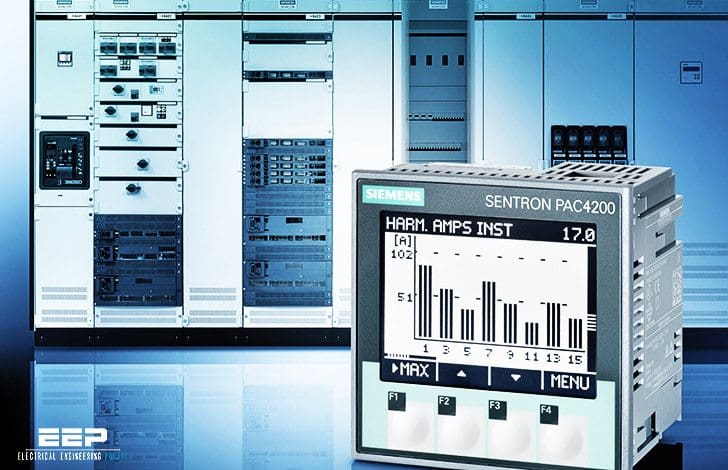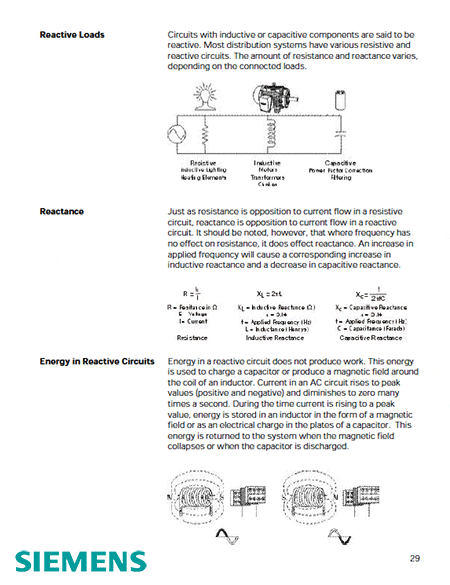Voltage and Current Values
An accurate measurement of voltage supplied by the utility and the current produced by the connected load is necessary in identifying power usage and power quality problems.

Direct Current (DC)
Voltage is either direct current (DC) or alternating current (AC). DC voltage produces current flow in one direction. DC voltage can be obtained directly from sources such as batteries and photocells, which produce a pure DC.
Measuring DC Voltage
The value of DC voltage varies. Low level DC voltages, such as 5 – 30 VDC, are commonly used in electronic circuits. Higher levels of DC voltage, such as 500 VDC, can be used in many industrial applications to control the speed of DC motors.
A voltmeter is used to measure DC voltage.
AC Voltage, Current and Frequency
Current flow in AC voltage reverses direction at regular intervals. AC voltage and current are represented by a sine wave. Sine waves are symmetrical, 360° waveforms which represent the voltage, current, and frequency produced by an AC generator.
If the rotation of an AC generator were tracked through a complete revolution of 360°, it could be seen that during the first 90° of rotation voltage increases until it reaches a maximum positive value. As the generator rotated from 90° to 180°, voltage would decrease to zero.
Voltage increases in the opposite direction between 180° and 270°, reaching a maximum negative value at 270°. Voltage decreases to zero between 270° and 360°. This is one complete cycle or one complete alternation. Frequency is a measurement of the number of alternations or cylces that occur in a measured amount of time.
AC voltage can either be single- or three-phase. While singlephase power is needed for many applications, such as lighting, utility companies generate and transmit three-phase power. Three-phase power is used extensively in industrial applications to supply power to three-phase motors. In a three-phase system the generator produces three voltages.
Each voltage phase rises and falls at the same frequency (60 Hz in the U.S., 50 Hz in many other countries).
However, the phases are offset from each other by 120°.
| Title: | Basics of Power Monitoring – SIEMENS |
| Format: | |
| Size: | 4.1 MB |
| Pages: | 88 |
| Download: | Right here | Video Courses | Membership | Download Updates |



i developed with 8051 a wattmeter like sentron for Siemens in 1983. it was first time in the World.
Very nice device by siemens….